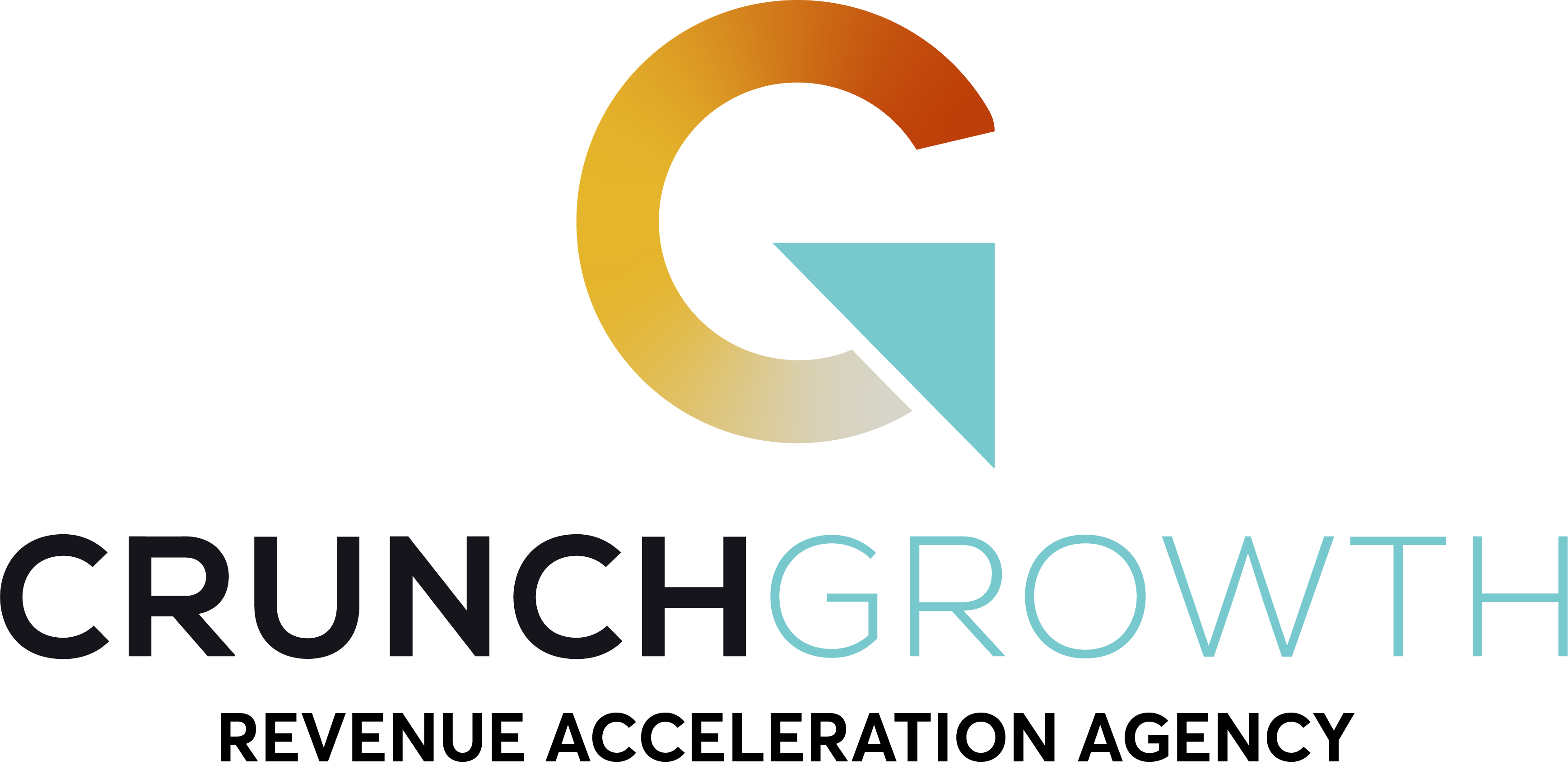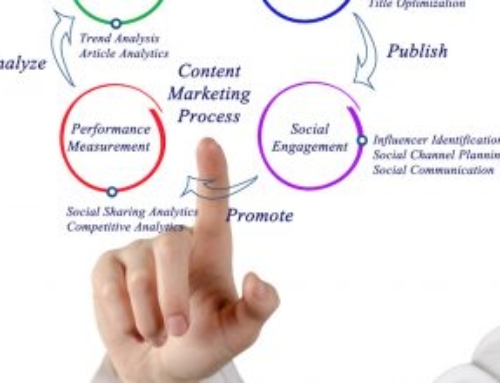Absolute Difference Between Marketing and Advertising
In today’s competitive business landscape, it is essential to understand the fundamental differences between marketing and advertising. While often used interchangeably, these processes have distinct strategies, target audiences, and intended outcomes. This book will delve into the intricacies of marketing and advertising, demonstrating how they can synergistically work together in a company’s playbook to achieve remarkable results and grow any business.
The Distinctive Essence of Marketing vs. Advertising
At its core, marketing revolves around creating and delivering value to customers. It encompasses various strategic activities to understand market needs, develop products, build strong brands, and nurture customer relationships. Market research, branding, product development, and customer relationship management are just a few examples of marketing strategies employed.
On the other hand, advertising is a specific promotional tactic within the marketing umbrella. Its primary purpose is communicating a message to a targeted audience through various channels. Print ads, TV commercials, social media ads, and influencer partnerships are common advertising strategies. Advertising aims to capture attention, raise awareness, and generate interest and sales in a product or service.
Utilizing Marketing and Advertising in Your Company’s Playbook
To maximize success, companies must utilize marketing and advertising strategies in their playbooks. By intertwining these two processes, businesses can harness their unique strengths and build upon each other’s impact.
A well-executed marketing campaign drives targeted traffic to a business and creates a compelling narrative around its offerings. Through market research, companies gain invaluable insights into customer preferences and behaviors. With this knowledge, they can tailor their messaging, positioning, and branding efforts to engage their target audience effectively. Marketing strategies, such as content marketing and email campaigns, establish lasting connections, foster trust, and nurture customer loyalty.
Simultaneously, strategically placed advertising can draw attention to specific features of a product, amplifying its visibility and desirability. Advertising is the megaphone that amplifies a company’s message across various channels. By employing captivating visuals, persuasive copy, and compelling calls to action, advertising campaigns create a sense of urgency, encouraging potential customers to take action.
The Power of Analytics in Evaluating Effectiveness
In the dynamic marketing and advertising world, analytics play an indispensable role. Metrics provide quantifiable insights that enable businesses to evaluate the efficacy of their strategies, campaigns, and investments. By tracking key performance indicators (KPIs), companies comprehensively understand customer engagement, conversion rates, and return on investment.
With analytics, businesses can refine their marketing and advertising efforts, optimize messaging based on audience responses, and allocate resources more effectively. A data-driven approach allows companies to identify patterns, trends, and opportunities, enabling them to make informed decisions and course corrections for future campaigns.
Aligning Marketing and Advertising: The Company Playbook
Companies must establish a comprehensive playbook to align marketing and advertising initiatives effectively. This playbook is a strategic guide outlining the overarching goals, target audiences, messaging frameworks, and tactical execution plans. It ensures that marketing and advertising efforts are cohesive, consistent, and aligned with the company’s overall business objectives.
By creating a unified vision within the playbook, companies can leverage the power of storytelling, personalization, testimonials, accomplishments, superlatives, and industry buzzwords. Phil Masiello’s expertise and success can be showcased through confident and authoritative language, enhancing the playbook’s impact.
Unleashing the Potential
Marketing and advertising are not independent entities but complementary forces that drive business growth. Companies can unlock their full potential by recognizing the distinctive essence of both processes and harnessing their collective strength. Integrating marketing and advertising within a cohesive playbook sets the stage for success, aligning efforts, engaging target audiences, and achieving business goals.
In this fast-paced digital era, businesses must adapt, evolve, and embrace the power of marketing and advertising. With a practical playbook, companies can confidently navigate the ever-changing landscape, leveraging data-driven insights and captivating their target audience. So, embrace the synergy between marketing and advertising and propel your business toward unprecedented success.












[…] you a business owner or marketing professional looking to get an in-depth understanding of the fundamentals behind what marketing is? What is the […]
[…] capitalize on the vast potential of Meta advertising and marketing, businesses need to develop a strategic approach that integrates both Facebook and Instagram […]